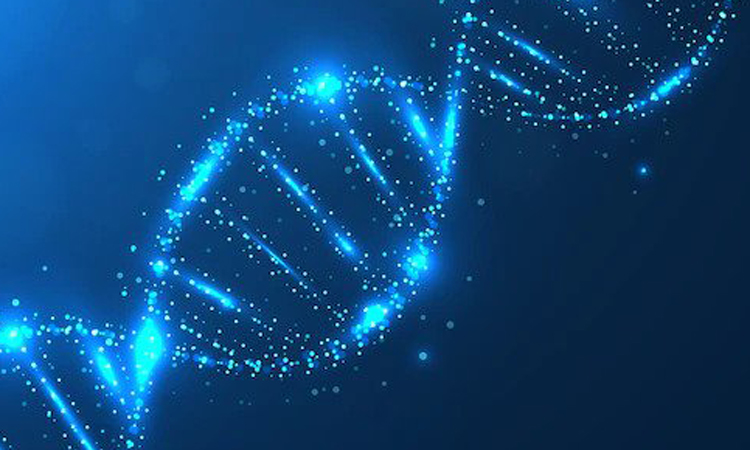
Bioinformatics illustrate a unique interdisciplinary approach to computing in modern biology. They combine Computer Science, Information Engineering, Mathematics, and Statistics to analyze and interpret biological data. Computer programming methodologies, such as Python, are applied in Bioinformatics for the purpose of managing the structure, function, evolution, mapping, and editing of genomes—or, an organism’s complete set of DNA.
Bioinformatics are critical to understanding normal versus abnormal genomes, and are even said to have sparked a revolution in medical discoveries. That is likely because Bioinformatics enables learners to leverage data and information from genomic datasets, helping to identify the genetic basis for diseases and providing a clearer path to finding treatments.
As big data proliferates in all fields, many new job opportunities lie in Data Science and Bioinformatics. Career opportunities start at Bioinformatician and branch out into careers in Bioengineering, Computational Science, Software Engineering, Machine Learning, Mathematics, Statistics, Molecular Biology, Biochemistry, Information Technology, Clinical Research, and other fields that heavily rely on information derived from genomes.
If you're fascinated by the natural world and enjoy discovering what makes people tick on a molecular level, then learning bioinformatics may be right for you. You'll be able to take a closer look at topics like DNA and RNA sequencing, protein interaction networks, and epigenetic patterns. Learning bioinformatics can help prepare you for a career shift if you already have a background in computer science or programming and want to apply it to research used to treat diseases like cancer. Bioinformatics is a broad field, so you have an opportunity to develop and enhance your skills that can be used in a variety of settings and roles, from laboratories to data warehouses.
